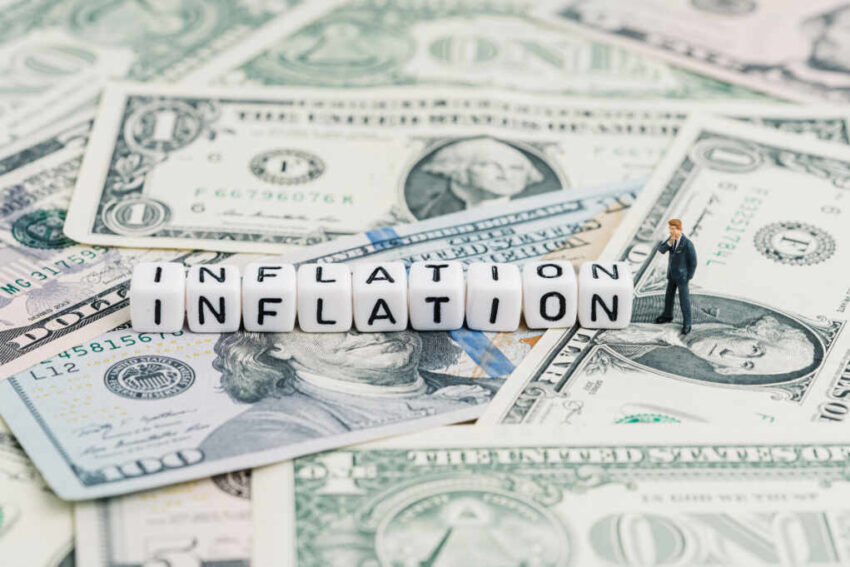Despite strong consumer optimism in many Republican regions, new data show that red states are bearing disproportionate economic strain from inflation, debt, and income stagnation compared to their blue-state counterparts.
At a Glance
- Inflation has eroded disposable income faster in red states than in blue states
- Household debt-to-income ratios in many southern states now exceed 150%
- Wage growth in red states has lagged behind the national average since 2022
- Tariffs and tax cuts popular in GOP regions risk deepening fiscal stress
- Public sentiment remains positive despite mounting financial pressure
Economic Perceptions vs Reality
In surveys conducted across 2025, residents in many Republican-led states report higher optimism about the economy than their blue-state peers. This confidence persists even as measurable indicators paint a more sobering picture. Inflation-adjusted wages in red states have stagnated, erasing gains made in the immediate post-pandemic recovery. In some cases, household purchasing power has fallen to levels not seen in more than a decade.
Household debt levels illustrate the growing strain. Southern and Midwestern red states now lead the nation in credit card and auto loan delinquencies, with debt-to-income ratios surpassing 150% in several cases. Analysts warn that while optimism may sustain consumer spending in the short term, high leverage leaves households increasingly vulnerable to shocks such as job losses or further price increases.
Watch now: So much for loyalty: Red states ‘devastated’ by Trump cuts, tariffs · YouTube
Policy Effects in Play
Tax cuts and tariff policies—long favored by Republican leadership—have added complexity to the fiscal picture. While popular with constituents, both measures reduce state and household resilience against inflationary pressures. Tariffs introduced in 2024 have already added billions in costs for manufacturers, costs that often flow directly to consumers through higher prices on goods ranging from vehicles to household appliances.
At the same time, deep state-level tax cuts have constrained government budgets. With federal transfers also expected to shrink under proposed fiscal reforms, many red states face the possibility of widening deficits, forcing difficult choices between raising revenue or cutting services. Economists caution that a short-term “sugar high” from tax relief could mask long-term financial fragility.
The Political and Social Divide
The contrast between sentiment and reality underscores the cultural dimension of the U.S. economic divide. Many voters in red states interpret high costs of living and debt burdens as temporary sacrifices in support of broader political and ideological goals, such as economic independence or reduced federal intervention.
However, the persistence of these pressures raises questions about sustainability. If inflation continues to outpace wage growth, or if debt burdens tip households into widespread defaults, optimism may erode quickly. Political analysts suggest that the economic disconnect could become a flashpoint in upcoming elections, especially if promised benefits from trade and tax policies fail to materialize in tangible household relief.
Ultimately, red states are navigating a precarious balance: celebrating political victories and optimistic outlooks while grappling with financial realities that suggest deeper vulnerabilities. How long this disconnect can hold remains uncertain.
Sources
Click this link for the original source of this article.
Author: Editor
This content is courtesy of, and owned and copyrighted by, https://thecongressionalinsider.com and its author. This content is made available by use of the public RSS feed offered by the host site and is used for educational purposes only. If you are the author or represent the host site and would like this content removed now and in the future, please contact USSANews.com using the email address in the Contact page found in the website menu.





